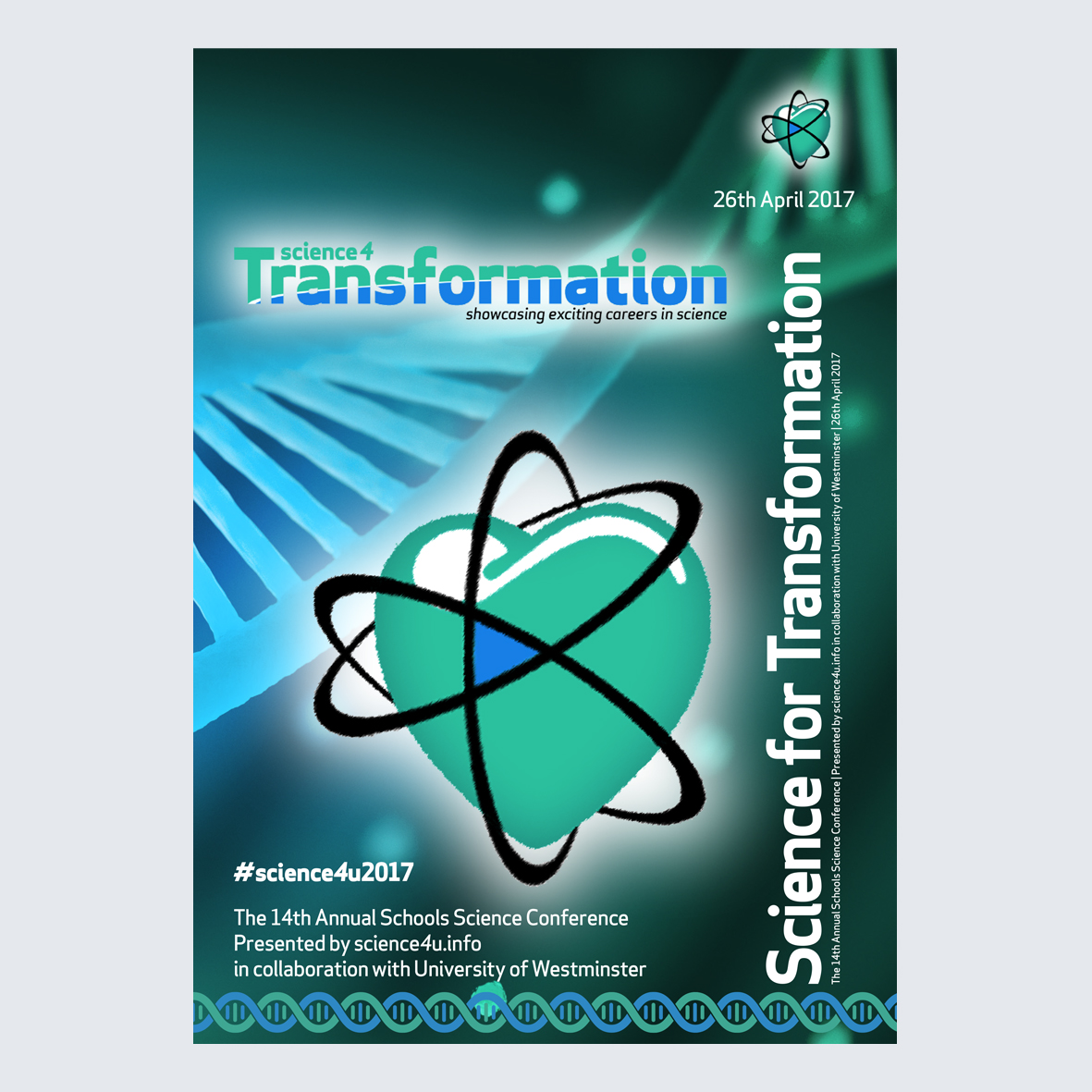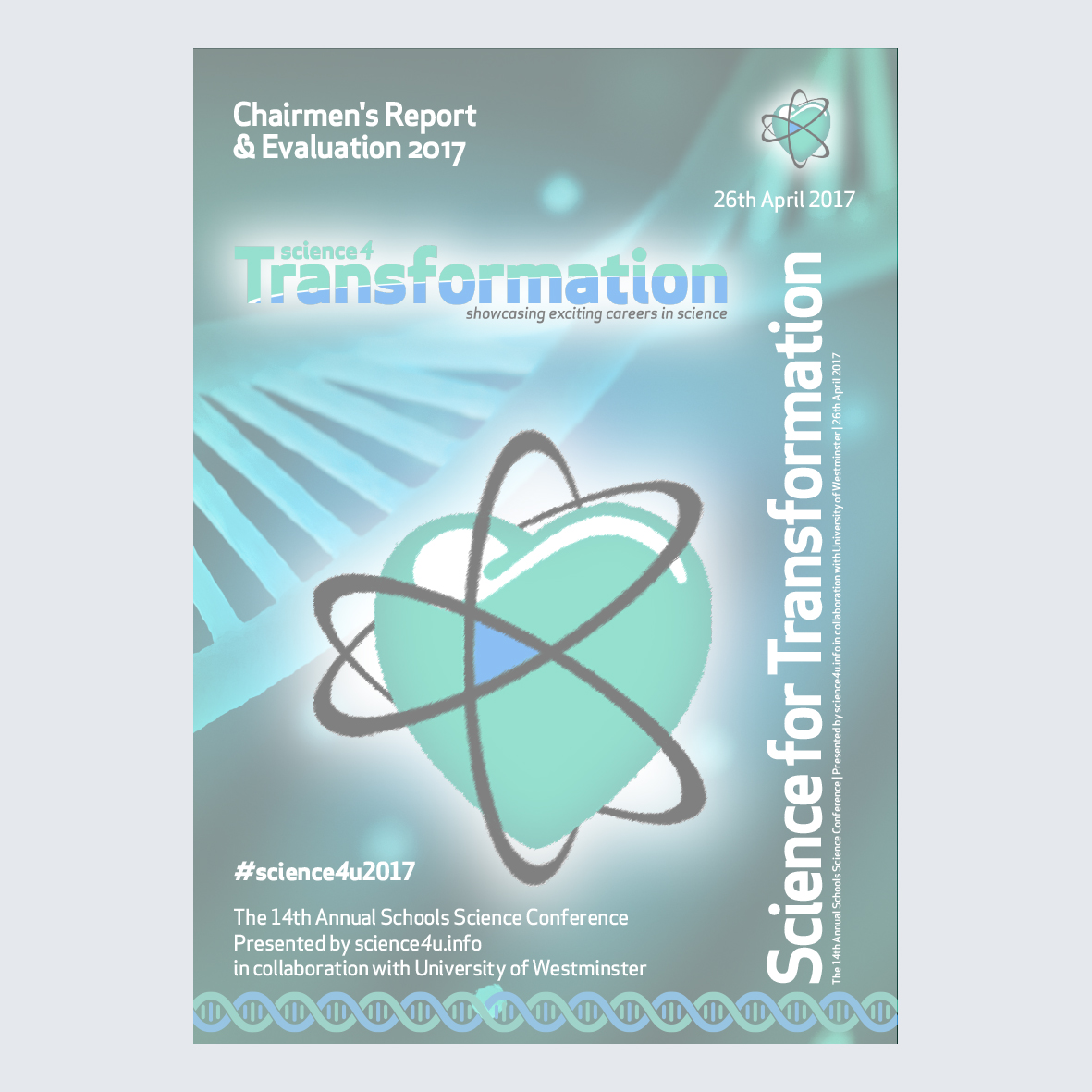Science for Transformation
The 14th Annual Schools Science Conference was held on 26th April 2017 at University of Westminster
Or scroll down to find out more

Welcome to
Science for Transformation
The theme of the 14th Schools Science Conference is Science for Transformation
The theme will focus on the emergence of new therapies that are making national headlines (eg genetically modified immune cells to treat cancers) that are transforming our approach to patient treatment.
- Scientists have been using Gene Therapy to correct faulty genes in rare human diseases for over 2 decades now.
- The process is complex and most of the difficulties have involved the method of getting the correct version of the gene into the cells that need it.
- Now a new tool has come to the aid of scientists working in the cutting edge field of Gene Therapy. This tool is called CRISPR; a naturally-occurring, ancient defence mechanism found in a wide range of bacteria.
- As far as back the 1980s, scientists observed a strange pattern in some bacterial genomes.
- One DNA sequence would be repeated over and over again, with unique sequences in between the repeats. They called this odd configuration Clustered Regularly Interspaced Short Palindromic Repeats, or CRISPR.
- This was all puzzling until scientists realised the unique sequences in between the repeats matched the DNA of viruses — specifically viruses that prey on bacteria.
- It turns out CRISPR is one part of the bacteria’s immune system, which keeps bits of dangerous viruses around so it can recognise and defend against those viruses next time they attack.
- The second part of the defence mechanism is a set of enzymes called Cas (CRISPR-associated proteins), which can precisely snip DNA and slice up invading viruses. Conveniently, the genes that encode for Cas are always sitting somewhere near the CRISPR sequences.
- CRISPR allows scientists to edit genomes with unprecedented precision, efficiency, and flexibility. The past few years have seen a flurry of firsts with CRISPR, from creating monkeys with targeted mutations to preventing HIV infection in human cells.
- Chinese scientists announced they applied the technique to nonviable human embryos, hinting at CRISPR’s potential to cure any genetic disease.
- And, yes, it might even lead to designer babies …
Overview in pictures
A glimpse of the fun, enjoyment and rich array of activities at Science for Transformation

Science for Experimentation
Witness riveting presentations and we unveil which school clinched the coveted trophy

Photographs
Explore captivating snapshots captured during this year’s Conference

Quiz
Challenge yourself and put your newfound science and healthcare knowledge to the test

Programme
Discover more about the sessions and view a digital version of the programme

Evaluation
Delve into the reception and gauge the resounding acclaim achieved by the Conference

Acknowledgements
A heartfelt thank you to all the contributors who have brought this event to life

Organising Group
Meet the visionary minds steering Science for Transformation: the Committee members













